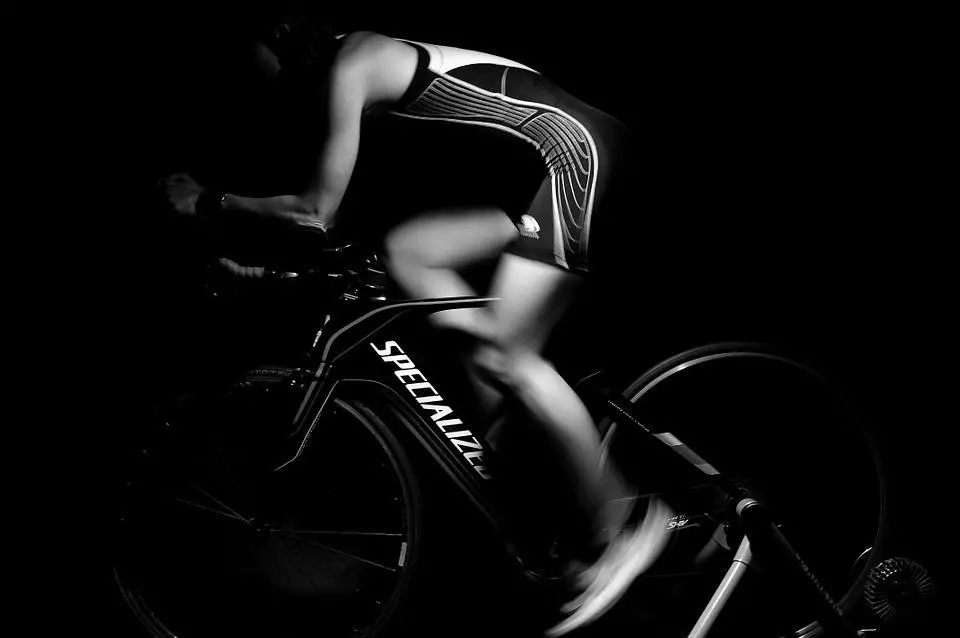IT Band Problem and How to Avoid

ITB (Iliotibial Band) is a lateral thickening of connective tissues that run through the entire length of the thigh.
This band starts from just above the belt line, where the gluteus maximus and tensor fasciae latae muscles attach to it and extends downwards while narrowing up to the upper part of the lower leg bone, with some of its fibrous tissues passing over the front of the knee cap.
Please note that as an Amazon Affiliate we may earn commission from qualified purchases — thanks for your support!
What you need to know about ITB
From this, you can tell that it is a very vital tissue, and it helps in stabilizing the leg when walking or running. Physiologically, this stabilizing is important because it prevents unwanted stretching or elongation.
However, when cycling, this band becomes more of an anchor than a stabilizer because it allows several muscles, including the gluteus maximum and tensor fasciae latae, to stabilize by holding onto it during the pedaling strokes (repetitive up and down leg movement).
When things go wrong
By carrying out such an important role, you will really feel the effects as a cyclist if things go wrong. Due to the repetitive pedaling strokes, the iliotibial band interacts with a lot of muscles and tissues, including the underlying ones, and parts of the knee.
If these interactions are not ideal, then problems are bound to arise. An IT Band problem is usually felt on the thigh or around the knee cap and this is because of friction between the band and the other muscles or connective tissues.
The friction causes inflammation on the ITB, leading to a sharp, stabbing pain that radiates outwards, mostly from the knee area as you try to walk, cycle or do something more benign such as standing up from a sitting position or climbing up a staircase.
How to Avoid ITB problem
To understand how this pain can be avoided, you must know what causes it. The friction between the ITB and its surrounding tissues is caused by muscle imbalances, in which some become too weak and fatigued, while others have become too tight.
This, in turn, is caused by cycling in an incorrect position such as setting the saddle too high or using an uncomfortable saddle that has a steep incline, which leads to in strained and imbalanced muscle use and thus, an ITB problem or syndrome, as others prefer to call it.
Therefore, to avoid this problem, the solution is to adjust the bike to suit your height so that it is as comfortable as possible. Generally, you should ensure that you have comfortable cycling shoes and the right bike size and comfortable pedals in the right width and having enough grip to grab your shoes.
Treatment
If you find yourself experiencing such pain on your thighs or kneecaps, then you need to seek some form of treatment and this is usually done by taking a break from activities that require heavy leg muscle use, applying ice, using NSAIDs and other topical anti-inflammatories.
Since the healing takes time, massage would also be ideal before a strengthening process. Specifically, sports massage is required and this can be done in most London sports massage centers.
How to treat with sports massage
A sports massage is the gentle pressing and manipulation of soft tissues so as to stretch stiff muscles and undo small knots.
It is important to get a professional to do this, such as those found in the best sports massage London centers, because he/she is trained to carry out this process without damaging the fragile IT Band further.
Delicate muscles are very easy to damage and thus, if you want to go for this session, ensure you choose your sports massage London center wisely.
Strengthening
The whole idea behind the treatment process is first, to relax and stretch the damaged band tissue using anti-inflammatories and sports massage sessions, then strengthen it back to its former glory.
Therefore, as soon as the pain is gone, you should engage in some exercises such as squats, lengthening stretches, clamshell stretching, side leg lifting and even running, but on anti-gravity treadmills.
Conclusion
An IT band problem is quite a painful experience that should be avoided as much as possible. For a cyclist, always ensure that your bike is comfortable and be the right size. However, if this syndrome hits you, you must deal with it using the treatment procedures shown above before getting back to cycling.

